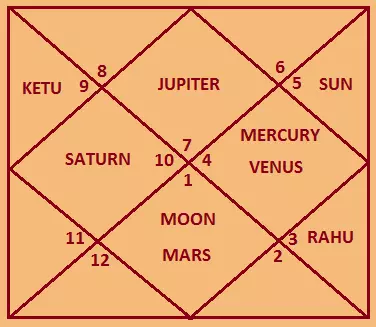Karan in Panchaang

Best Astrologer in India: - Dr.A.S.Kalra


Karan in Panchang
By: - Dr.A.S.Kalra Astrologer
Karan (Part of Panchaang): -
In Indian Vedic astrology, Karana is a unit of time measurement used in Panchang, the traditional Hindu almanac. Panchang provides information about various celestial events, including planetary positions, lunar phases, and auspicious timings. Karana is one of the elements used to determine the daily auspiciousness and inauspiciousness of different activities.Here are some key points about Karana:
Definition:
Karana is a half of a Tithi, which is a lunar day. It is based on the relative positions of the Sun and Moon. Each Tithi is divided into two Karanas, resulting in a total of 11 Karanas.Duration:
Each Karana lasts for approximately six hours. The duration of a Karana may vary slightly based on the precise time of sunrise and sunset for a particular location.Naming and Classification:
The 11 Karanas are classified into two types: movable (Chara) Karanas and fixed (Sthira) Karanas. The movable Karanas are Bava, Balava, Kaulava, Taitila, and Gara, while the fixed Karanas are Vanija, Vishti, Shakuni, Chatushpada, Naga, and Kimstughna.Auspiciousness:
Karanas are used to determine the auspiciousness or inauspiciousness of different activities. Some Karanas are considered favorable for starting new ventures or performing important tasks, while others are considered less auspicious. The selection of an auspicious Karana depends on the nature of the activity and the desired outcome.Importance in Muhurta:
Karanas are considered when choosing an auspicious time (Muhurta) for various activities, such as weddings, business ventures, travel, and ceremonies. The selection of a favorable Karana is an important factor in determining the overall auspiciousness of the Muhurta.While Karanas are considered in astrology and Panchang, it's worth noting that their significance may vary among different astrologers and regions. The overall analysis of an individual's birth chart, along with other factors such as planetary positions and Yogas, also plays a significant role in determining the auspiciousness of a particular time or activity.
Consulting with an experienced astrologer can provide a more detailed understanding of Karanas and their specific significance in your life circumstances. They can guide you on selecting favorable Karanas for important events and provide insights based on the principles of Vedic astrology.
Karan in Panchaang is based upon tithi and it is half of a tithi and this way, technically, a karan is said to be completed when the phase difference between the positions of Sun & Moon becomes integral multiple of six.
There are 11 karans out of whom the first seven karans are called as 'Char' (or variable) karans & the last four are called as 'Sthir' (or constant) karans. Last four are called as 'Sthir' because they always come on second half of Krishna Paksha Chaturdashi, first half of Aamavasya, second half of Aamavasya & first half of Shukla Paksh Pratipada.
